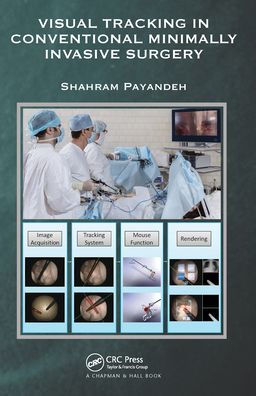5
1

Visual Tracking in Conventional Minimally Invasive Surgery
243
Visual Tracking in Conventional Minimally Invasive Surgery
243
59.95
In Stock

Product Details
| ISBN-13: | 9780367574307 |
|---|---|
| Publisher: | CRC Press |
| Publication date: | 06/30/2020 |
| Pages: | 243 |
| Product dimensions: | 6.12(w) x 9.19(h) x (d) |
About the Author
From the B&N Reads Blog
